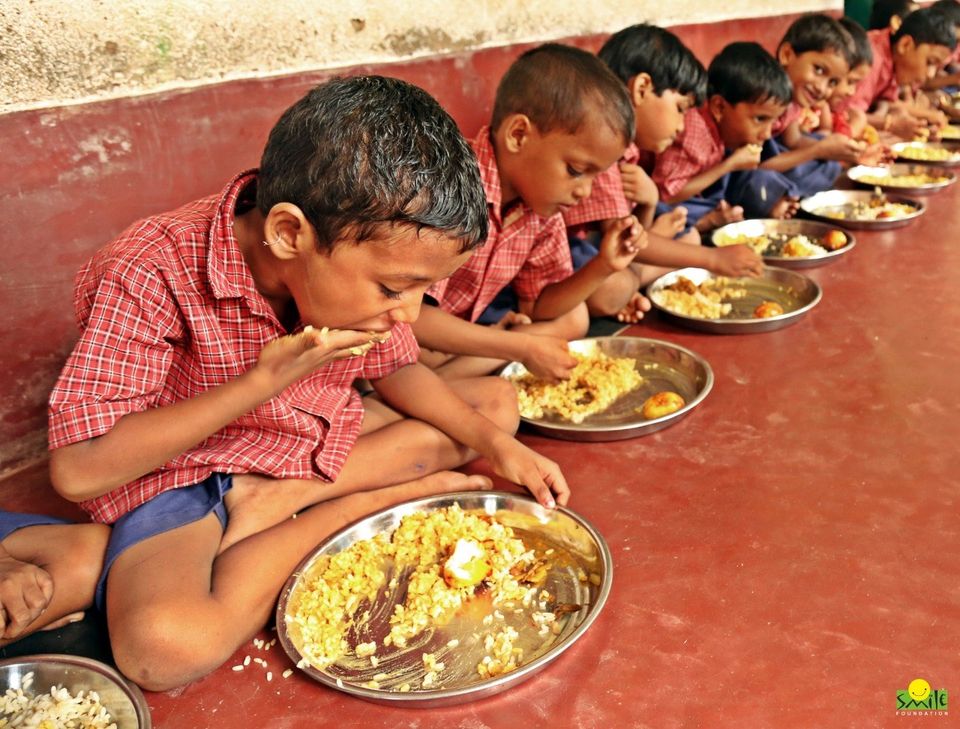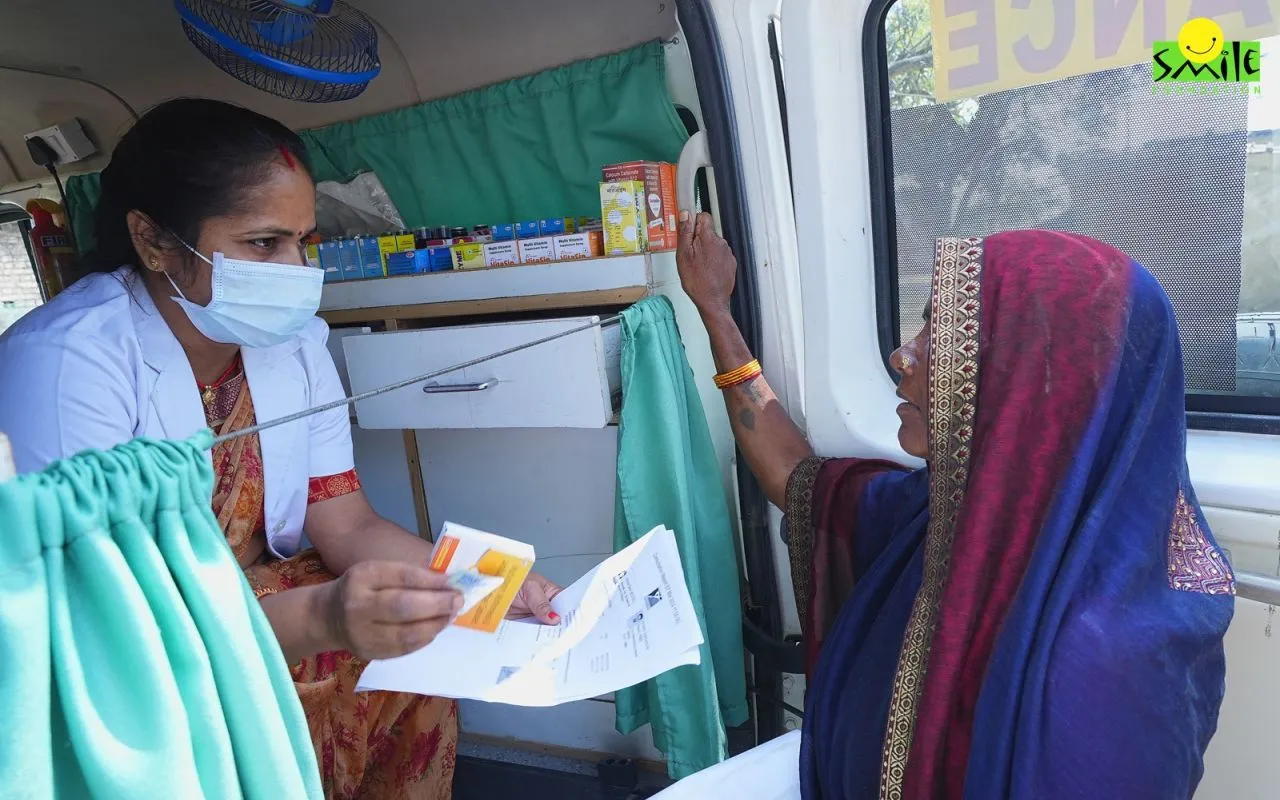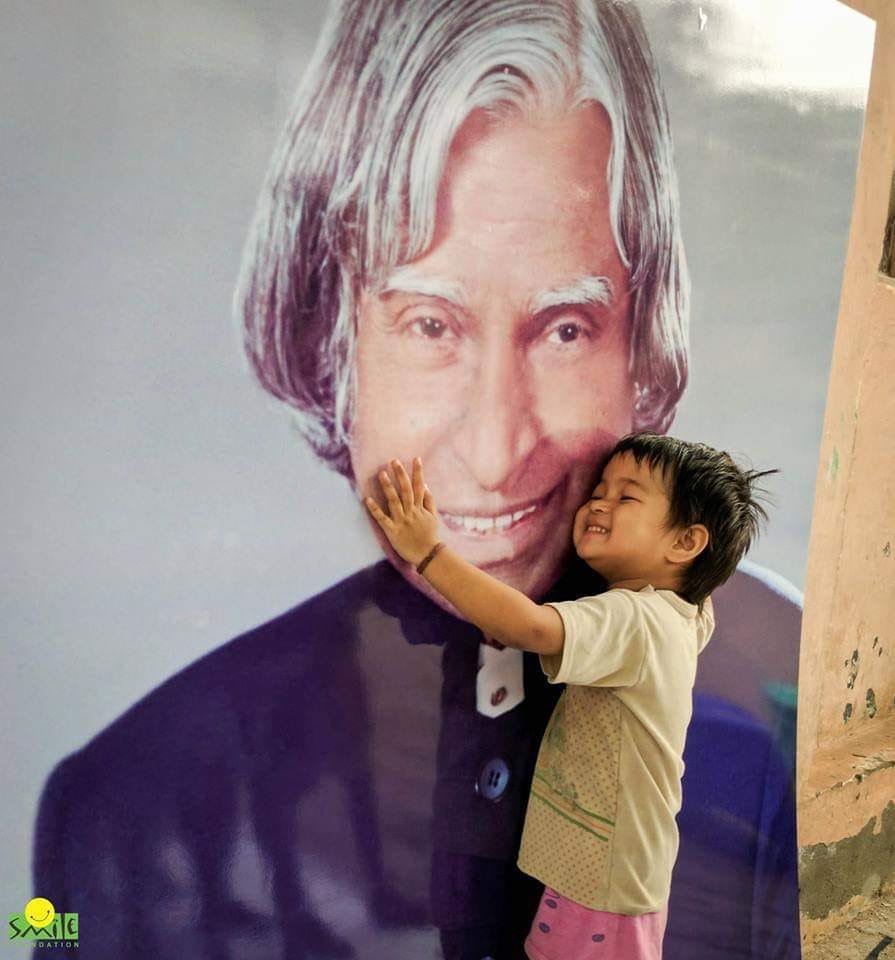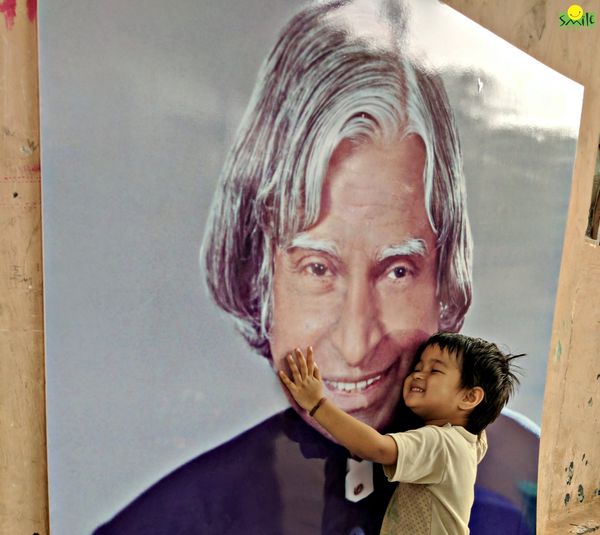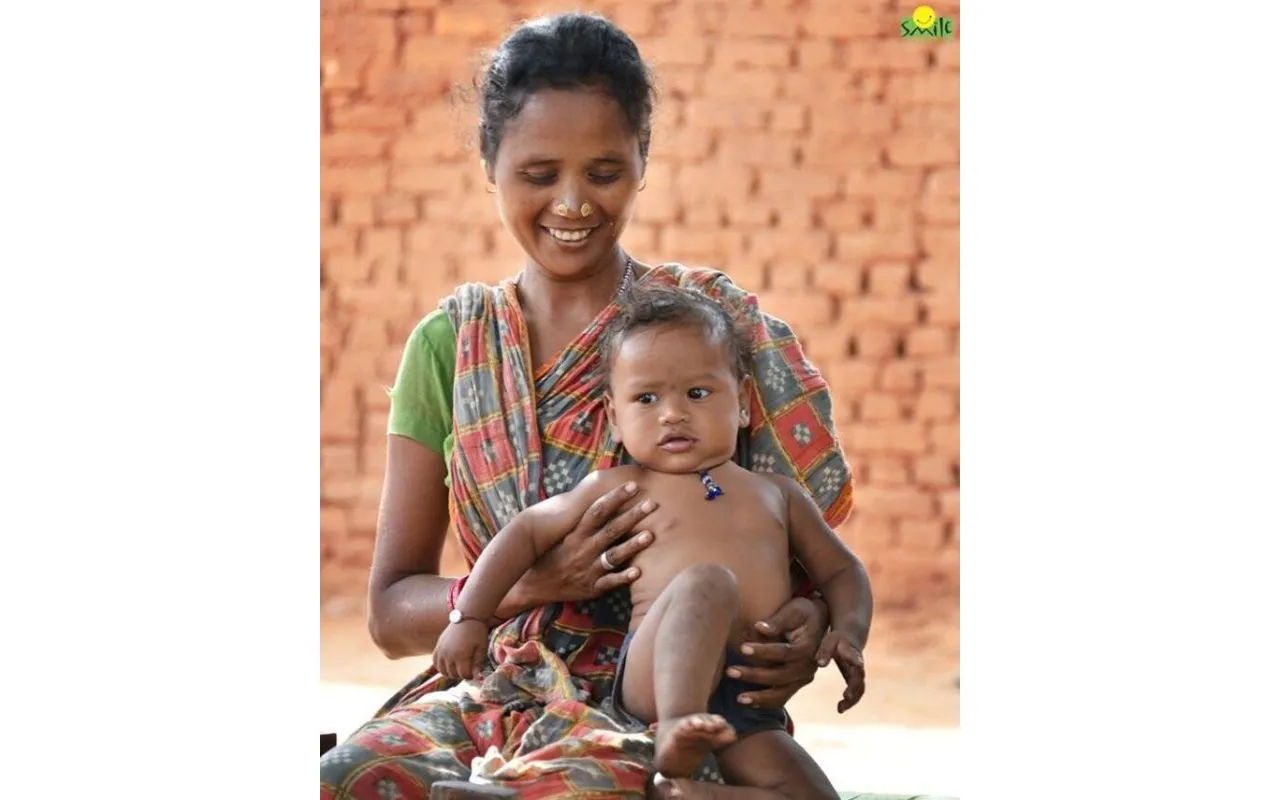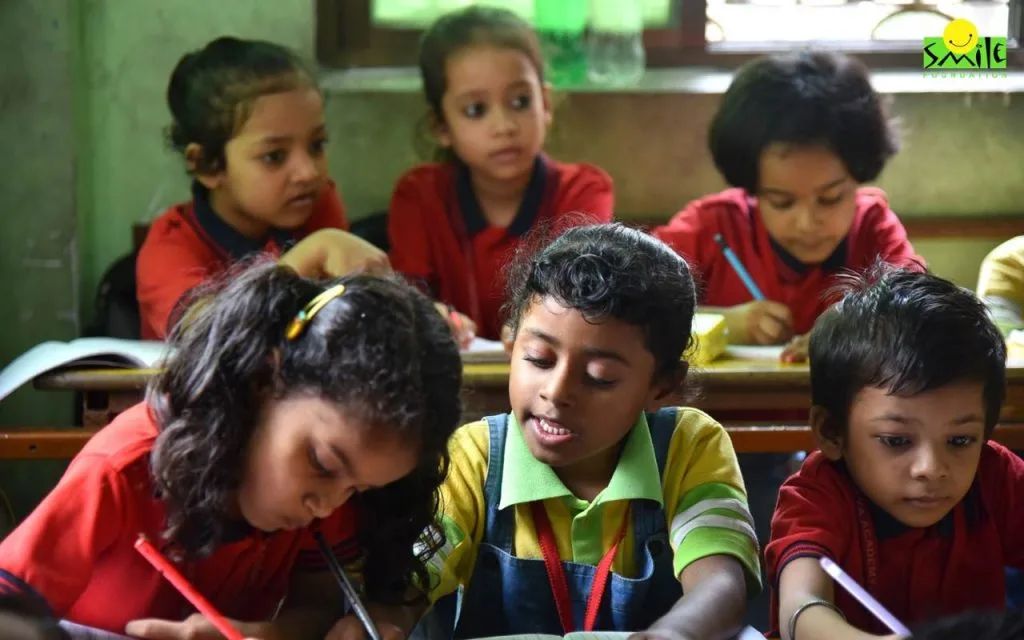Nutritional interventions like the Mid-Day Meals have been hailed by the UN as the best approach to food security for children. However the current pandemic situation may reverse these gains. Fortifying the supply chain infrastructure of such schemes and mainstreaming ‘nutrition’ in the country’s political discourse might hold the answer.
Prime Minister Narendra Modi during his monthly radio program – Mann ki Baat, said that the month of September will be observed as ‘Poshan Maah’ or ‘Nutrition Month.’ Taking cognisance of the importance of a nutritious diet for children, he added, “For our children and our students to display their optimum potential, show their mettle; nutrition and proper nourishment play a very big role.”
The statement couldn’t come at a more opportune moment. Malnutrition is the cause of death for 70 percent of the children under five years of age. Inadequate dietary intake is leading to growth issues such as stunting for as many as 38 percent of children. States with highest child population base – Madhya Pradesh, Bihar and Uttar Pradesh – register maximum number of underweight cases.
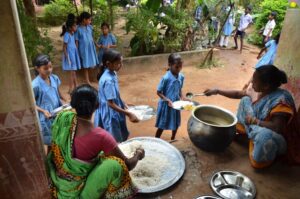
However, in the recent years, the current government brought about significant momentum in nutritional interventions by strengthening programs such as the Mid-Day Meals (MDM) scheme for school children, and introducing the national health mission or the POSHAN Abhiyaan, among others. These efforts helped bringing down the percentage of stunted children under-five from 48 percent in 2005-06 to 38.4 percent in 2015-16.
The Mid-Day Meals, particularly, has been instrumental not only in increasing enrolment and attendance of children at school, but also in ensuring nutritional security for kids. In the year 2018-19, the scheme is said to have served 9.17 crore children in 11.35 lakh schools across the country. The UN’s World Food Programme (WFP) hailed the MDM scheme as the best route to food and nutrition security for children.
But the outbreak of Covid-19 and the ensuing lockdowns may impair these gains. Distribution of MDM has been disrupted as schools have closed down and the Aanganwadi Workers (AWWs), driving these efforts of providing food supplementation under the Integrated Child Development Services (ICDS), are diverted to attend to Covid-19 related work. This is impacting the underprivileged children whose only means of nutrition are these meals.
Such disruptions cause ‘dietary shocks’ which will result in possible weight-loss among children. According to data even the slightest drop in weight, as minor as 0.5 percent, can cause a substantial escalation in India’s overall underweight percentage.
Although the Union Minister of Human Resource Development (HRD) responded with an additional fund allocation of INR 1,700 crores to continue the MDM during the pandemic, implementation at local district level remains a challenge.
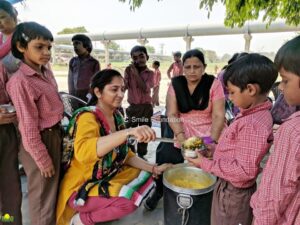
India needs to strengthen the supply-chain infrastructure that programs like MDM depend on. And create a top-down push to make nutrition a central part of the political and administrative discourse. The good news is India has built a robust network of Anganwadi Centres whose services can be ramped up to keep the lifeline of MDM alive. The AWWs can be trained on the Standard Operating Procedures (SOPs) to streamline the distribution processes such that it can withstand future crisis. What’s more, with focus on the Early Childhood Care and Education (ECCE), the New Education Policy (NEP) proposes to integrate breakfasts with MDM. These efforts will help making health and nutrition an important part of the deliverable of the administrative leadership.
To know more about Smile Foundation’s initiative on nutrition visit https://www.smilefoundationindia.org/plate-half-full/



